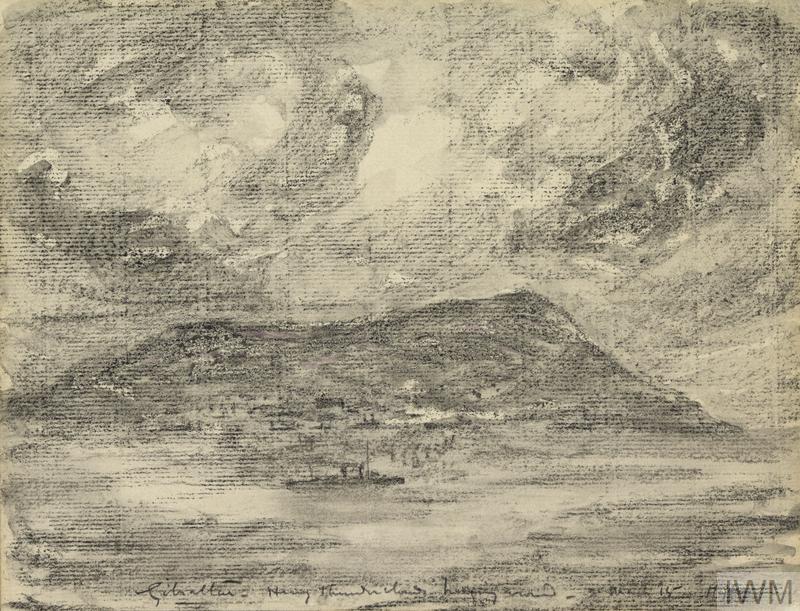


When the Japanese Imperial Army defeated the Qing Empire in 1895 in the first Sino-Japanese War, Tokyo moved quickly to secure a peace deal that would yield a slice of territory on the continent. The powers-as well as Japan, which aspired to join their ranks-were eager to establish footholds in the region and gain access to Manchuria’s rich natural resources while benefiting from its strategic location at the crossroads of Eastern empires. 1 In the post–Opium War race among the Western powers to carve up China, Manchuria occupied a most desirable location. To the Qing imperial court in Peking, the region was an ancestral homeland and, accordingly, kept administratively separate from the Chinese mainland west of the Willow Palisade, and deliberately underpopulated by force of a 1653 ban on migration to the region by non-Manchus. In the late 19th century, the far northeastern corner of China’s great land mass was referred to by Westerners as Manchuria and by Japanese as Manshū. Despite repeated proclamations of pan-Asian unity and the harmony of the five races by the state’s propaganda agents, Manchukuo existed for the purpose of strengthening Japan’s war machine, as well as for planning a total renovation of the domestic Japanese state in line with army objectives. The establishment of the army-led state of Manchukuo in March 1932 gave way to a new kind of Japanese power and influence on the continent-one that operated independently from Tokyo and at the pleasure of the Kwantung Army. The Manchurian Incident, which began on September 18, 1931, with a plot by renegade officers from the Kwantung Army (a division of the Japanese Imperial Army) to destroy Mantetsu track and blame it on Chinese brigands, led to the military takeover of the three northeastern provinces by January 1932. Throughout the preconquest period (pre-September 1931), bureaucrats, Mantetsu employees, doctors, teachers, and economic sojourners of every stripe made a home for themselves in Japanese Manchuria, parts of which were transformed to replicate the modern conveniences and amenities of the metropole’s urban centers. The expansion of Mantetsu’s rail network (originally built by Czarist Russia in the late 1890s) in the post–World War I years allowed for greater extraction of resources and greater wealth for company stockholders, while giving rise to an upswell of protest from a burgeoning nationalist movement in mainland China as well as in the northeast itself. The South Manchuria Railway Company (or “Mantetsu”), which held the dual mantle of joint stock-owning company and governmental national-policy company, was the central organ in Japan’s so-called management of Manchuria. South Manchuria and the Kwantung Leasehold on the Liaodong Peninsula in particular became the site of a railway imperialism that would, beginning in 1905, allow Japan to claim a sphere of influence in the northeast and profit from the export of soybeans, coal, lumber, and other raw materials from the region. China’s three northeastern provinces (Fengtian, Heilongjiang, and Jilin) were transfigured by Japanese imperialism in the opening decades of the 20th century.


 0 kommentar(er)
0 kommentar(er)
